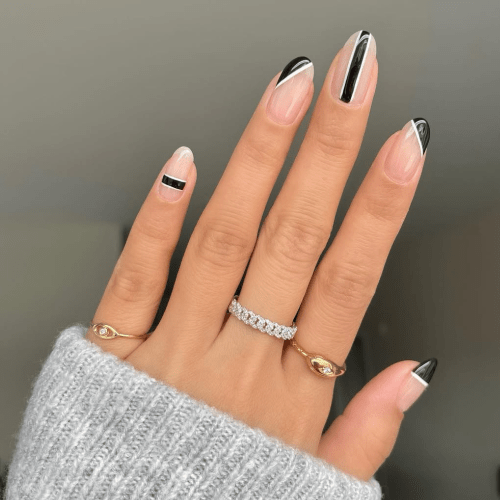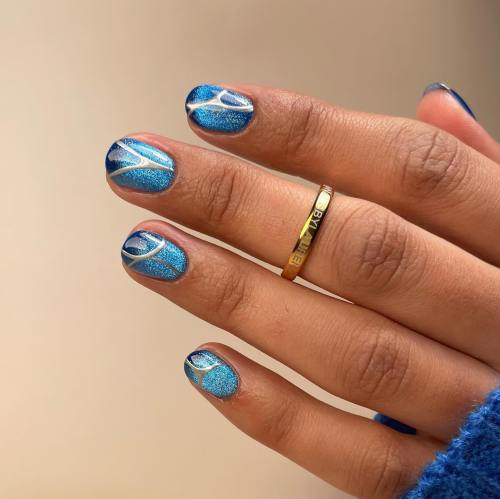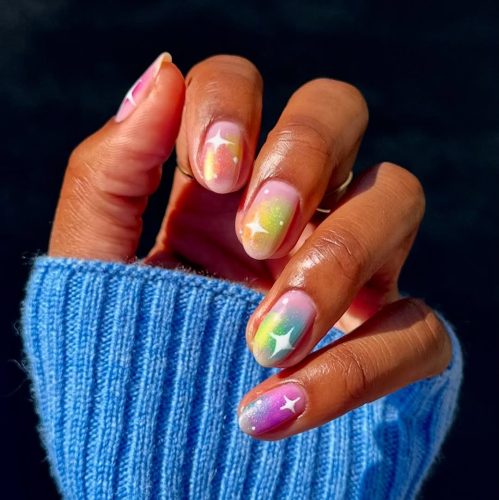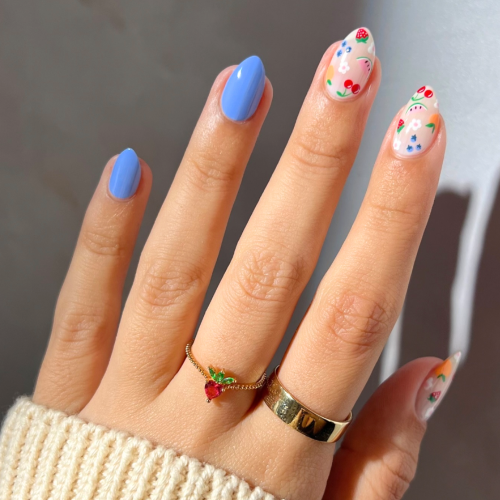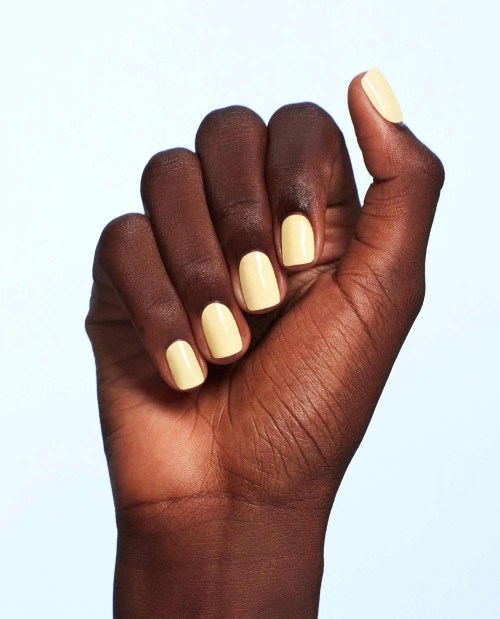Our editors independently select these products. Making a purchase through our links may earn Well+Good a commission
5 steps for rehabbing your nails, now that gel manicures are no more
Nail experts explain the 5 essentials you'll need in order to repair nails after gel manicure damage, from cuticle hydrators to a nail exfoliant.
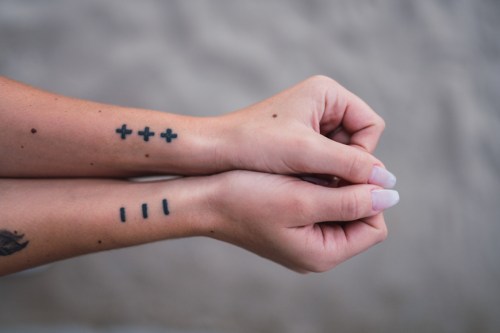
Going to the local nail salon may feel like a distant memory (*wipes away tears*), which means that even the most long-lasting gel manicure has either peeled off or been removed by this point in the COVID-19 quarantine. Since no one really knows when professional manicures will be an everyday occurrence (and since literally no one is seeing your nails ATP), make best use of this time by rehabbing your nails that have seen one too many gel applications.
If you’ve gotten a gel manicure before, you may have noticed that, once removed, your nails are usually left in sad-looking shape. “Regular gel manicures can result in nail thinning,” says Dana Stern, MD, a board-certified dermatologist, who specializes in nail health. The main damage comes from the gel removal process. Because gel manicures are chip-proof and cured with a UV light, your two options for removal are either to have a professional take them off, or you can soak them off—both of which can lead to damage.
Whether your gels were aggressively scraped off or soaked in acetone (which makes your nails and surrounding area dry, according to Dr. Stern), know that your nails can be as good as new with the right TLC. “The good news is once we have a full regrowth of the nail, no matter how thin, split, or damaged they may be from the removal, our nails come back to what they were before we applied the enhancement,” says Deborah Lippman, celebrity manicurist and founder of her eponymous nail line. It’s all about using the right products to nourish those nail beds. Keep scrolling for what to use.
How to rehab nails after a gel manicure
1. Cuticle hydration: “Healthy cuticles are key to healthy nail growth,” says Lippmann, whose new Cuticle Remover Pen ($24) and Cuticle Oil Pen ($24) make softening and moisturizing them really easy. As long as you’re using some sort of moisturizer, like a cuticle oil or cuticle cream, you’re good—just be sure to slather it on regularly.
2. Use an emollient: For added moisture on both your nails and cuticles, Dr. Stern says that products with emollient ingredients are key. That means creams or oils that contain hydrators like coconut oil, sunflower oil, or mineral oil for deep moisture so that your nails can get back into fighting shape.
3. Nail strengtheners: Since gel manicures often leave your nails thin and brittle, Dr. Stern recommends using a nail-strengthening product that contains ingredients that directly repair that with keratins, proteins, or mastic oil. Try the Isdin Nourishing and Hydrating Nail Strengthener Serum ($30).
4. Exfoliator: Yes, exfoliating your nails is a thing. Dr. Stern points to a study that showed that glycolic acid on the nail plate revealed “good improvement in dry, rough nails,” and her Dr. Dana Nail Renewal System ($49) does just that. Or you can simply use the acid toner you use on your skin—just use a separate dab to rub over your nail beds.
5. Base and top coats: Even if you’re not wearing nail polish, Lippmann says that you should always put several layers of polish on to protect your nails. “Whether it’s layers of base coat or top coat, it’ll help to protect them from the outer elements,” she says.
Sign Up for Our Daily Newsletter
Get all the latest in wellness, trends, food, fitness, beauty, and more delivered right to your inbox.
Got it, you've been added to our email list.
